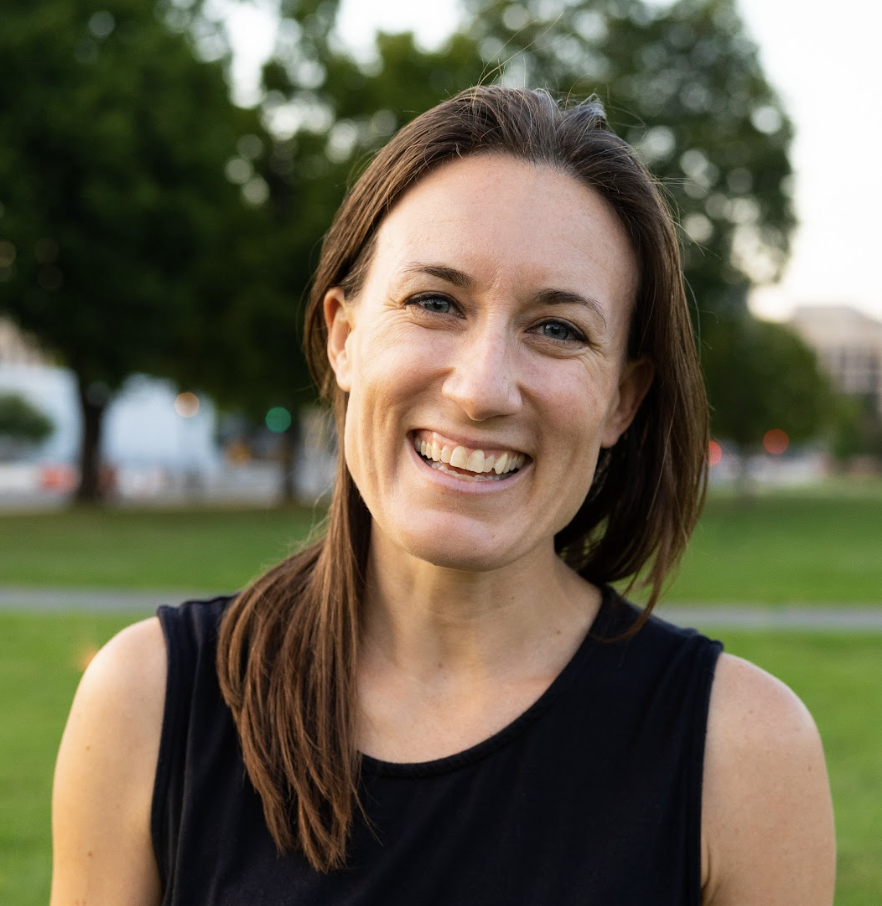Building a User Research Compensation Process from the Ground Up in the City of Saint Paul: A Digital Service Network Spotlight
As government teams around the country work toward establishing policies, processes, and practices for human-centered design, a common hurdle many face is reaching constituents for research. This hurdle shows up in different ways across various contexts in government settings, from challenges getting in touch with people generally, to ensuring the organization is reaching vulnerable communities, to simply being able to directly pay people for their time when they participate in research.
Finding authorization to compensate community members for research participation—commonly referred to as “UX (or user experience) compensation”—has emerged as a universal challenge across all levels of government, and is an area of focus for the Digital Service Network. As we all work to make it easier for governments to better manage research operations internally (recruitment, compensation, etc.), we also need to find ways to reach the people we serve to inform how we design and deliver government services.
To learn more about practical approaches in government human-centered design, we spoke to Ashley O’Brien, user experience designer for the City of Saint Paul, MN, about the flexible and resourceful approach she took to reach people across the city.

